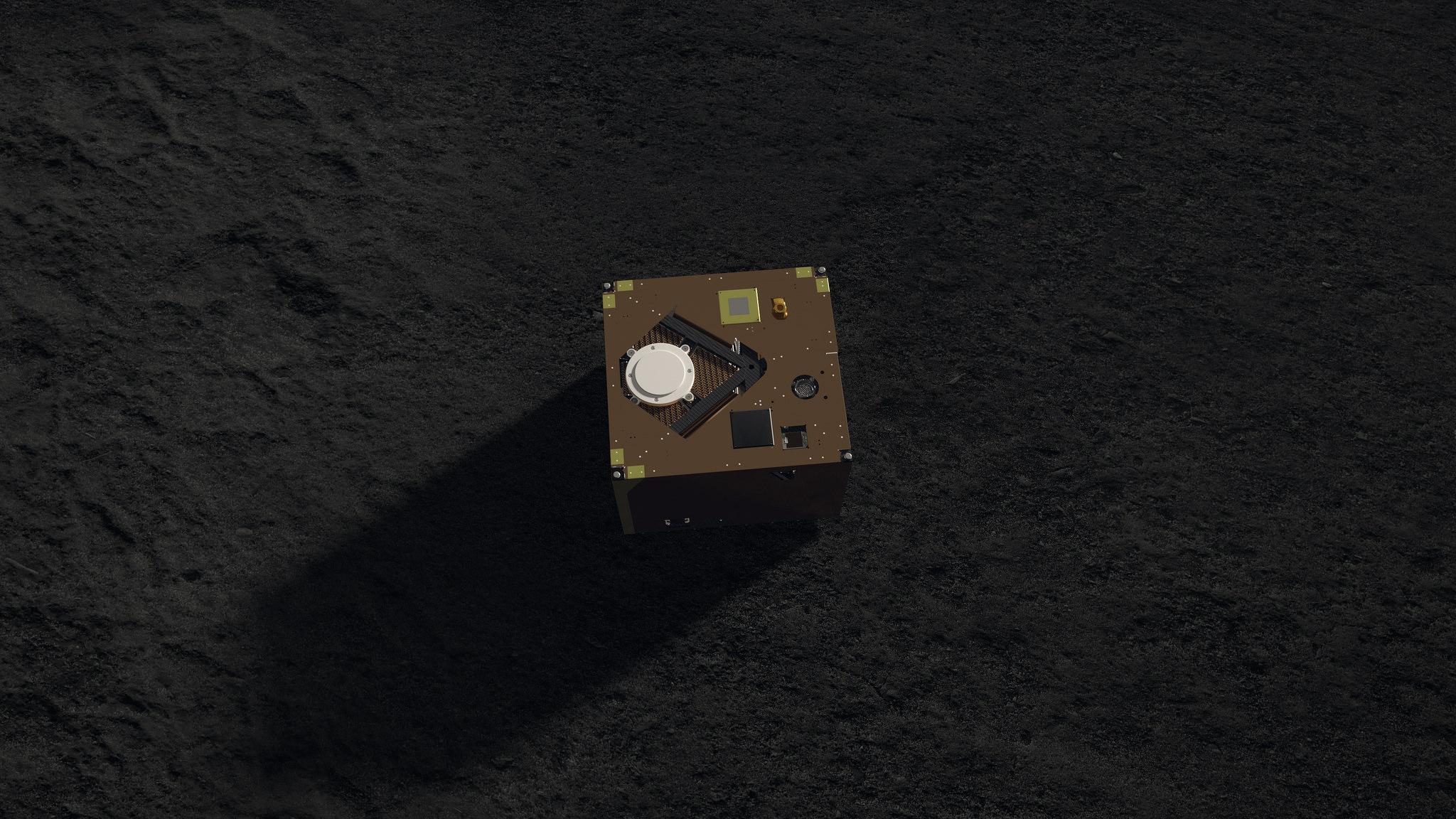Robot dies a day after it was dropped onto an asteroid by Japanese spacecraft
Rover sent a last picture back before its battery ran out

The MASCOT rover that hopped onto an asteroid after being dropped by a Japanese spacecraft has died, a day after it arrived.
The little robot hopped onto the rock known as Ryugu and explored around by hopping across its surface. But it could only do so using its built-in battery, which had less than a full day of charge.
In the end, MASCOT lasted more than 17 hours, despite having only 16 hours of forecast time. And it before it shut down it sent back all of its findings to Hayabusa-2, the Japanese spacecraft who carried it the 180 million miles away from Earth and then dropped it onto the asteroid.
MASCOT posted on its Twitter account as its battery started to run out: "All done with work! Oh my ... can that be right? I explored Ryugu for more than 17 hours. That is more than my team expected. Do I get paid overtime for this?"
But it noted that it had successfully uploaded the data, which will serve as a treasure trove of information for astronomers down on the ground.
""And during this extra time, I also made another hop and explored part of a third asteroid day! But the best thing is: I sent ALL the data I collected to [Hayabusa-2]! Now, team, it's up to YOU to understand Ryugu," it wrote.
The robot carried camera, a spectrometer, a magnetometer and a radiometer, taking observations to send back to the ground. The team already shared one photograph taken with that camera.
MASCOT followed two other robots onto the surface of Ryugu. Those two, known as MINERVA-II1A and MINERVA-II1B, are still jumping around the surface, and there is another extra robot still waiting inside of Hayabusa-2.
All of the robots being dropped onto Ryugu get around by hopping across the asteroid's surface. Gravity there is very weak and using wheels would simply throw them off and into space – so instead they jump, using special arms built in to their bodies.
Next year, Hayabusa-2 itself will descend down to the surface and scoop up material from Ryugu. It hopes to then take off again and come all the way back down to Earth at the end of 2020.
Scientists hope to use the findings from the various pieces of kit on the asteroid to understand the beginnings of the solar system and what role carbon-rich asteroids like Ryugu might have played in it.
Join our commenting forum
Join thought-provoking conversations, follow other Independent readers and see their replies
Comments